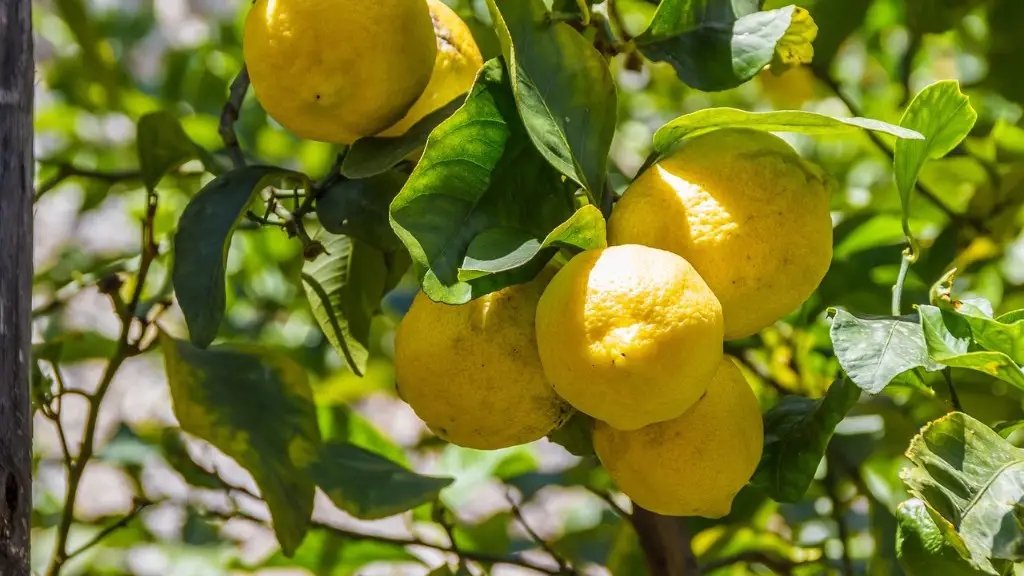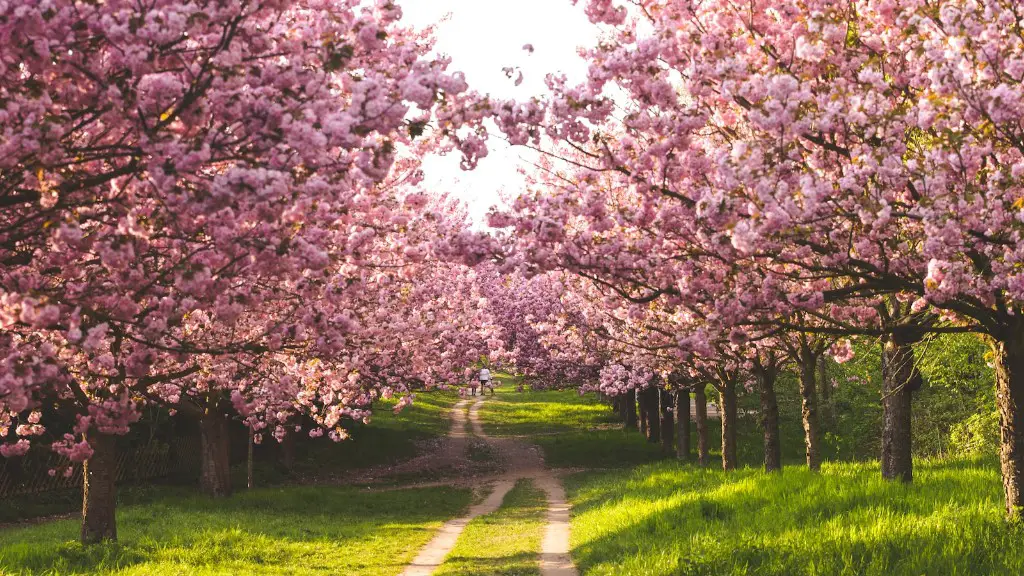Christmas Palms are unique species of trees popularly known as Dypsis lutescens. These type of trees are crafted into pyramidal shape and form floral stalks with yellow blooms that open in December around the same time as Christmas. They are also known as Areca Palm, Golden Cane Palm and Bungalow Palm.
Although these palms have no official religious link, their presence in the holidays has popularized them significantly over the years. Growing Christmas palms indoors add more of the tropical and festive decor all year round. Christmas palm trees thrive indoors, as well as out, although they will require more maintenance if planted outside.
Christmas palm trees, like all palms, have a single stem, with multiple large fronds that fan out in an arc. This species of palm boasts an upright, close habit boasting an symmetrically shaped and rounded canopy. Though these are considered slow to moderately growing trees, they can reach up to 20 feet in height when grown outdoors and up to 12 feet indoors.
In addition to their unique shape and beautifully contrasting yellow and green leaves, the Christmas Palm is very low maintenance, requiring only basic care like regular watering and fertilizing. They also require bright light and thrive in temperatures between 65-68 degrees Fahrenheit.
“The thrill of giving a live Christmas palm and having it as a living memory from the holiday season is increasing every year,” commented Martha Smith, a landscaper in Florida. “The palms display a colorful contrast and vibrant texture that adds a festive touch either inside or outside and are pretty easy to take care of.”
These trees are relatively hardy and can handle light frost for short periods of time and are available for purchase when in season ready to give as gifts and can last longer compared to other plants. Christmas palms are drought tolerant and their containerized foliage make them popular living gifts that can be sent through mail.
In spite of their appealing look, Christmas Palms are poisonous. All parts of the plant will cause some discomfort if ingested and can even be fatal in some cases. So, all caution should be taken to keep away small children and pets.
Cold Tolerance
Christmas palms are able to survive temperatures down to 25 degrees Fahrenheit when mature, but the cold will wilt the leaves and stun the growth, so it’s best to keep it away from cold if possible. According to the United States Department of Agriculture, they are considered hardy from zone 10-11 and will benefit from environmental protection when temperatures drop.
When it comes to frosts, these palms are more sensitive to these temperatures and can suffer damage in temperatures below 35 degrees FYI. It is always a good idea to use layers of mulch to protect the roots from the cold, as well as to discourage weed growth.
Provide some shelter from wind, cold and snow. If you decide to bring in the palms for the coldest months of the year, check the soil for fungus and water the tree when the soil is dry to keep it healthy.
Maintenance
Christmas palms require very little maintenance, which makes them an ideal plant to have in any home. These palms require regular fertilizing during the growing period and should be placed in an area where they can acquire bright light. Pruning is also necessary to keep the shape of the tree; they are fast-growing trees, so their branches will need to be regularly cleared.
This type of fertilizers should be applied in the early spring season and repeated every three months during the growing season. As for pruning, Christmas palm trees need to be directed away from houses, patios and pools, especially when planted outside. Prune the palms in its terminal bud, found in the center of the tree. This will allow the florida to reach a fuller shape as well as be more attractive.
Growing Tips
Christmas palms are easy to grow and require little maintenance, so they are ideal for anyone trying to get a tropical tree without too much hassle. It is important to ensure that the tree is planted in well-drained soil. It is also important to water more often in the summer and less often in the winter.
Irrigation systems such as drip irrigation are great for making the most of your water usage and keeping the tree happy. Mulching around the tree is also beneficial, as it helps retain water and discourage weed growth. These palms are also susceptible to pests and diseases; therefore, maintenance should include pest control strategies.
Benefits of Growing Christmas Palms
Christmas palms can bring beauty to any indoor and outdoor space. These palms also require less maintenance than other trees, so they are great for anyone who is looking for a low maintenance tree. They are also able to thrive indoors and outdoors, making them a versatile option. In addition, they look great during the holiday season and can add a festive touch to the atmosphere.
Christmas palms are popular as houseplants, since they can help to purify the air in the home. The palm foliage also produces natural oil, which can help to reduce allergies and asthma. Finally, Christmas palms can grow and prosper any season of the year, which makes them a great addition to any space.
Harvesting the Christmas Palms
Christmas palms can be harvested by cutting the stalks off at their base. If a branch has already bloomed, leave it for at least one to two months so that it will be fully mature. After that, the tip of the stalk can be cut off. Once the stalk is ready for harvesting, it should be allowed to dry for up to two weeks. After that, the palm should be ready for sale.
Harvesting and selling Christmas palms is a great way to make extra money, either as a business or as a hobby. It is important to ensure that the palms are grown organically and are nurtured, so they will be in optimal condition when they are harvested. Selling Christmas palms is a great way to spread happiness and bring festive cheer to people during the holiday season.



